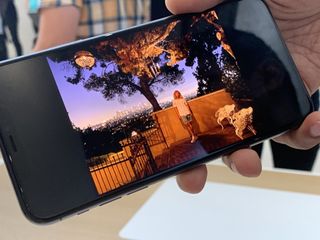Latest about iPhone 11
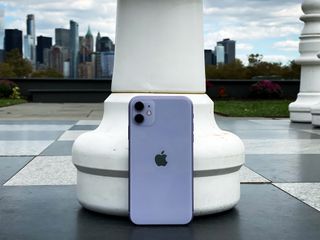
Best iPhone 11 cases 2025
By Karen S Freeman last updated
Whether you want to keep it clear to show off the color of your iPhone 11, love the feel of leather, or need a rugged case to protect you in the field, here are some of the best cases.
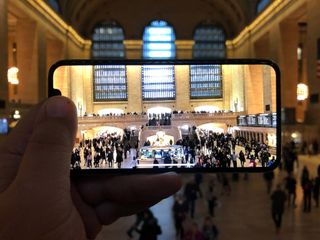
iPhone 11 (XI) rumors: Specs, price, and features!
By Rene Ritchie last updated
Nothing is real until Apple shows it off on stage. And I'm going to keep repeating that for as long as possible.

Here's how to get the iPhone 11 in any color you choose for free this week
By Alex Smith published
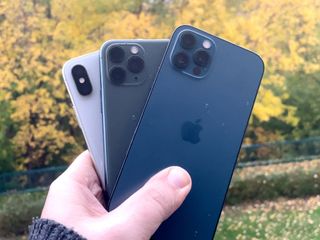
iPhone: The ultimate guide
By Christine Chan published
Here's everything you need to know about the entire iPhone 12 lineup and iPhone SE (2020), as well as the iPhone 11 and iPhone XR that Apple still sells.
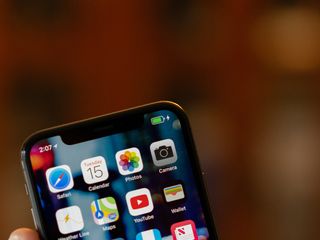
iPhone 11 owners will be able to recalibrate their battery with iOS 14.5
By Joe Wituschek published
Apple is introducing a new battery management feature in iOS 14.5 for the iPhone 11, iPhone 11 Pro, and iPhone 11 Pro Max.

This working iPhone 11 was fished from a lake after taking 6-month swim
By Oliver Haslam published
Dropping an iPhone into a lake should be the end of the story. But not so much, apparently.
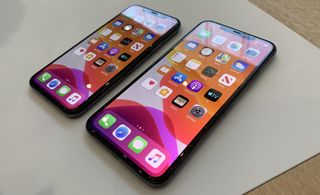
One-day Woot blowout offers iPhone 11 and iPhone 11 Pro deals from just $510
By Adam Oram published
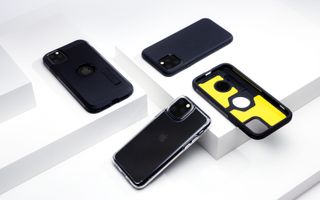
Spigen preserves the iPhone 11 design
By IM Staff last updated
Apple finally unveiled the iPhone 11 this morning and it’s time to consider a case that’ll last. Spigen’s this is exactly where Spigen began designing their latest collection for the iPhone Series.
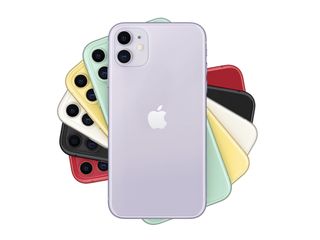
Apple launches display replacement program for the iPhone 11
By Joe Wituschek published
Apple has launched a replacement program for iPhone 11 displays experiencing touch issues that covers repairs for free.
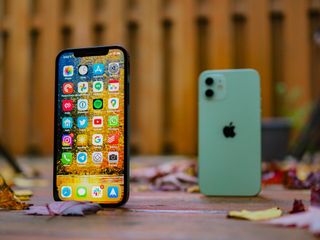
How to get pre-approved for Apple's iPhone Payment Plan
By Luke Filipowicz published
Buying your new iPhone outright isn't the only way to get your hands on the new iPhone anymore, you can use the iPhone Payment Plan and make monthly payments. Here's how to get pre-approved.
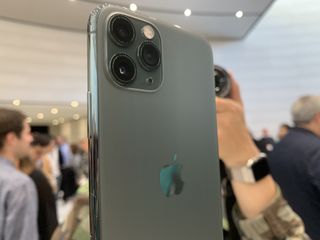
Forget the iPhone 12, get a refurb iPhone 11 or 11 Pro from just $550 today only at Woot
By Adam Oram published

Apple's iPhone Payments financing option: Everything you need to know!
By Lory Gil published
Apple's iPhone Payments plan is a great way to get into the iPhone 12 lineup without dropping all of your money up front.
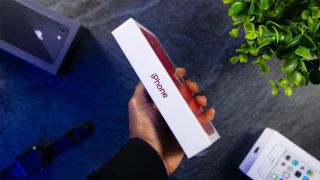
Video shows off the inside of Apple's new iPhone packaging
By Joe Wituschek published
A new video from tech YouTuber Rjey gives a first look into the inside of Apple's new, power adapter and EarPods-less iPhone packaging.

iPhone 11 packaging revealed as Apple ditches charger from box
By Stephen Warwick published
Apple is removing the charger and headphones from all of its iPhone boxes, and new images of the iPhone 11's packaging have surfaced.
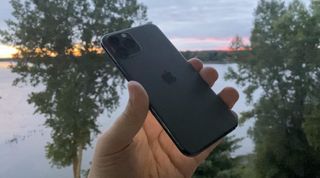
Woot's one-day refurb blowout offers iPhone 11 and 11 Pro deals from $620
By Adam Oram published
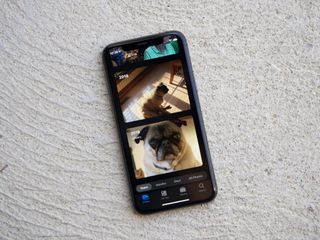
iPhone 11 most popular phone by far in first half of 2020
By Stephen Warwick published
New research shows that Apple's iPhone 11 was the most popular smartphone in the first half of 2020,
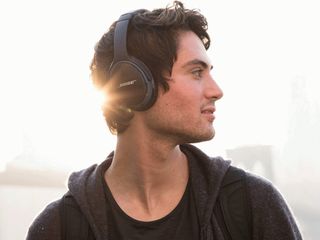
Visible's giving away free wireless Bose headphones with iPhone purchases
By Alex Smith last updated
Score the Bose SoundLink II Wireless Headphones for free when you buy one of the following iPhone models and activate the device via Visible: iPhone 11, iPhone 11 Pro, and the iPhone 11 Pro.
iMore offers spot-on advice and guidance from our team of experts, with decades of Apple device experience to lean on. Learn more with iMore!
